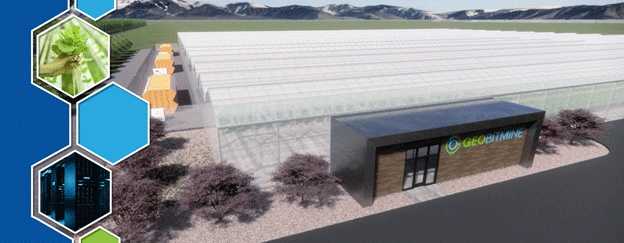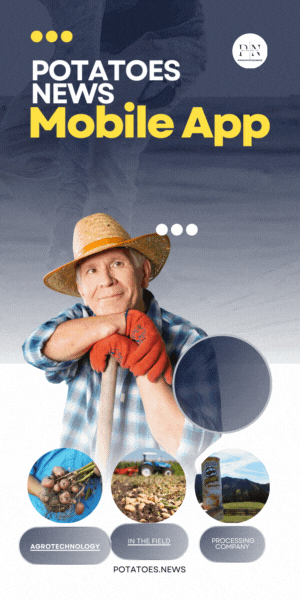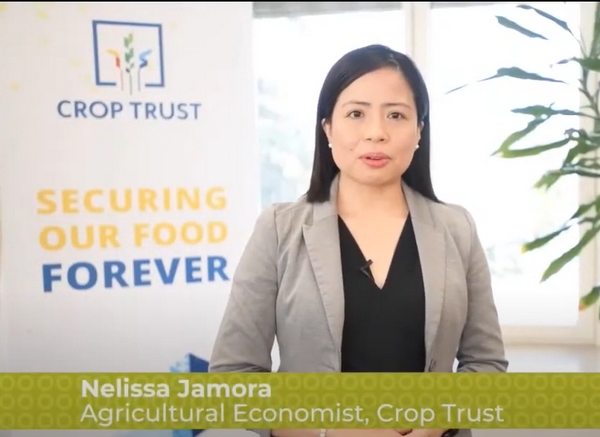Data centers — the digital backbone of modern computing, AI, and cryptocurrency — are also one of the most power-hungry sectors in the U.S. According to the International Energy Agency (IEA), global data centers consumed around 460 terawatt-hours (TWh) in 2022, roughly 2% of the world’s total electricity demand. A significant byproduct of this energy use is waste heat — often vented into the atmosphere.
But what if that heat could be captured and turned into something valuable?
That’s the idea behind GeoBitmine, a startup based in eastern Idaho, where founder Jay Jorgensen is turning waste into wealth by using server heat to power hydroponic greenhouses. Instead of building massive server farms in isolation, GeoBitmine co-locates server operations with greenhouse agriculture, creating a vertically integrated model of food and data production.
A Smart Partnership with Idaho National Lab
To ensure their concept was technically viable and optimized for Idaho’s unique climate, GeoBitmine turned to the Idaho National Laboratory (INL) through its Technical Assistance Program (TAP). This program provides up to 40 hours of expert support to small U.S. businesses, especially those working in energy, water, and environmental innovation.
GeoBitmine was paired with Kara Cafferty, a senior INL researcher who specializes in energy-water systems. Cafferty helped the startup analyze:
- Energy and water use efficiency in a dual-purpose facility
- Crop price dynamics and transportation logistics
- Regional weather data and heating requirements
- Strategies for minimizing land use while maximizing year-round crop output
Her insights helped refine GeoBitmine’s business model to better align with both regional resource availability and market opportunities in agriculture and data services.
Why This Model Matters
GeoBitmine’s approach solves two major challenges:
- Heat Waste – Traditional data centers dissipate excess heat into the environment. GeoBitmine channels it into greenhouse heating, reducing external energy inputs.
- Land Use Efficiency – The integrated model uses less land than standalone server farms or greenhouses, an increasingly important factor in land-constrained or climate-challenged areas.
According to a 2023 USDA report, greenhouse farming accounts for less than 1% of total U.S. agricultural land use, yet it can deliver up to 10 times more yield per square meter compared to open-field farming. With hydroponic systems requiring up to 90% less water, the synergy between server heat and indoor farming offers a scalable model for sustainable, local food production.
Future Impact and Community Benefits
GeoBitmine is now moving ahead with plans to launch commercial-scale facilities in Idaho and beyond. These will create new job opportunities in both IT and agriculture, while also supporting local food systems and reducing carbon emissions.
“This model is about doing more with less — rethinking how we use energy, land, and infrastructure,” said Cafferty. “It aligns perfectly with the Department of Energy’s goals for energy efficiency and rural innovation.”
The startup also serves as an example of how cross-sector partnerships — between government labs and private companies — can drive innovation in energy, agriculture, and sustainability.
GeoBitmine’s integration of data centers and greenhouses is more than just clever resource-sharing — it’s a blueprint for circular, climate-smart agriculture. By capturing waste heat to grow food, the company is turning a technological byproduct into a sustainable asset. With support from the Idaho National Laboratory, it represents a new frontier where agriculture and digital infrastructure grow together.










